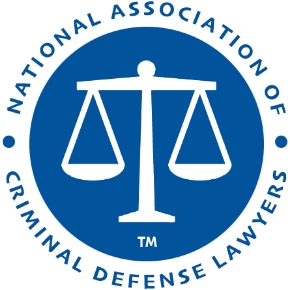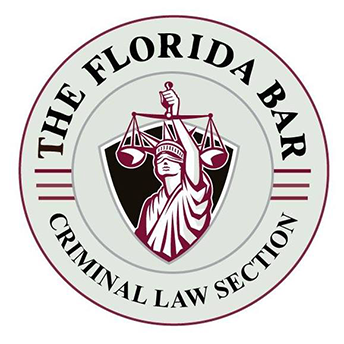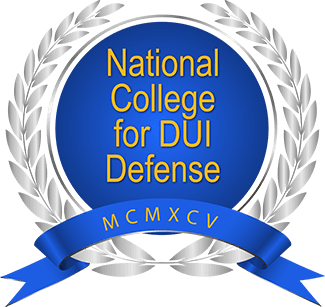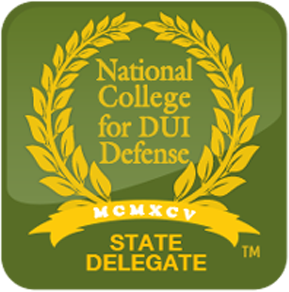Blood Alcohol Permit of the Analyst
Rule 11D-8.013, F.A.C., sets out the requirements for an analyst to receive and maintain a blood alcohol permit. The rule was adopted on October 31, 1993, and last amended on July 29, 2015.
If your DUI test involves a blood test in Florida, your criminal defense attorney should be familiar with the requirements to obtain a blood alcohol permit of the analyst. Your attorney must also be familiar with the best ways to questing the holder of the blood analyst permit.
Contact us to discuss your DUI blood test case after an arrest in Tampa, FL, or in the surrounding areas in the Tampa Bay area. Call (813) 250-0500.
Application for a Blood Analyst Permit
Under Rule 11D-8.013(1), the application for a permit to determine the alcohol level of a blood sample shall be made on the Application for Permit to Conduct Blood Alcohol Analyses FDLE/ATP Form 4, revised December 2014, effective date July 2015, hereby incorporated by reference, https://www.flrules.org/Gateway/reference.asp?No=Ref-05640, provided by the Department and shall include the following information:
(a) Name and address of applicant;
(b) A copy of state license if licensed, or college transcript;
(c) Name and address of employer and laboratory facility where applicant performs analyses;
(d) Identify at least one Agency for which blood analyses are to be performed pursuant to Chapters 316, 322 and 327, F.S.; and,
(e) A complete description of proposed analytical procedure(s) to be used in determining blood alcohol level.
Requirements to Qualify for a Blood Analyst Permit
Under Rule 11D-8.013(2), the applicant must meet the following requirements in order meet the qualifications for the blood analyst permit. Those requirements include:
(a) Department approval of analytical procedure(s). All proposed analytical procedures will be reviewed and a determination of approval will be made by the Department;
(b) Satisfactory determination of blood alcohol level in five proficiency samples provided by the Department using the proposed analytical procedure. Satisfactory determination shall be made by reporting results for blood alcohol proficiency samples within the acceptable range for the samples. For blood alcohol testing, acceptable ranges shall mean the calculated proficiency sample mean + or – 3 standard deviations iterated twice. The mean and standard deviations will be calculated using the results reported by the analysts and reference laboratories;
(c) Identify at least one Agency for which blood analyses are to be performed pursuant to Chapters 316, 322 and 327, F.S.; and,
(d) Meet one of the following:
1. Possess a clinical laboratory license in clinical chemistry as a technologist, supervisor or director, under Chapter 483, F.S.; or
2. Be a licensed physician pursuant to Chapter 458, F.S.; or
3. Complete a minimum of 60 semester credit hours or equivalent of college, at least 15 semester hours of which must be in college chemistry.
Gas Chromatographic Analytical Procedures for Blood Testings
Under Rule 11D-8.013(3), the department shall approve gas chromatographic analytical procedures which meet the following requirements:
(a) Includes the approved method used and a description of the method, and the equipment, reagents, standards, and controls used;
(b) Uses commercially-prepared standards and controls certified by the manufacturer, or laboratory-prepared standards and controls verified using gas chromatography against certified standards. For commercially-prepared standards and controls, the manufacturer, lot number and expiration date must be documented for each sample or group of samples being analyzed. For laboratory-prepared standards and controls, date, person preparing the solution, method of preparation and verification must be documented;
(c) A statement of the concentration range over which the procedure is calibrated. The calibration curve must be linear over the stated range;
(d) Uses a new or existing calibration curve. The new calibration curve must be generated using at least three (3) standards: one at 0.05 g/100mL or less, one between 0.05 and 0.20 g/100mL (inclusive) and one at 0.20 g/100mL or higher, and must be verified using a minimum of two (2) controls, one at 0.05 g/100mL or less and one at 0.20g/100mL or higher. The existing calibration curve must be verified using a minimum of two (2) controls, one at 0.05 g/100mL or less and one at 0.20g/100mL or higher;
(e) Includes the analysis of an alcohol-free control, and the analysis of a whole blood or serum control. The whole blood or serum control may be used to satisfy the control requirement(s) in paragraph (d);
(f) A gas chromatographic analytical procedure must discriminate between methanol, ethanol, acetone and isopropanol and employ an internal standard technique….
Compliance with the Administrative Rules for Blood Testing
Under Rule 11D-8.013(4), the blood analyst permit shall be issued by the Department for a specific method and procedure. Any substantial change to the method or analytical procedure must receive prior approval by the Department before being used to determine the blood alcohol level of a sample submitted by an agency. The Department shall determine what constitutes a substantial change.
Rule 11D-8.013(5) provides that the analyst shall only use a Department-approved procedure to determine the blood alcohol level of samples submitted by an agency. Approval of blood alcohol analysis methods and procedures shall be based on rule requirements in effect at the time they were submitted for approval.
This article was last updated on Tuesday, August 21, 2018.















